 By Jeevan Babu January 30, 2020
min read
By Jeevan Babu January 30, 2020
min readHow to develop a secure finTech product
Though digital financial services have penetrated the traditional banking methods, investment firms, and the insurance industry, they are still lagging behind when it comes to trust. Physical banks have been trusted more with money, valuables, and information. Transforming the entire traditional system into a digital operation is not less than a bigger leap.
Physical banks have been trusted more with money, valuables, and information. Transforming the entire traditional system into a digital operation is not less than a bigger leap.
A security breach is solely responsible for the death of a FinTech initiative. Therefore, making your FinTech apps secure is highly prioritized if you are planning to develop a FinTech app. A successful business involves successful security practice as an asset by understanding the basic fundamentals of security of a FinTech application.
What are the basic fundamentals of security?
The basic fundamentals of security comprises of the following:
Awareness:
The four questions that you need to ask during FinTech app development:
- How secure is the environment?
- Who will have access to the application and the data?
- What measures are being taken to protect customer information and assets?
- Are the compliances followed with regard to the legal requirements?
Service Architecture:
While developing a FinTech product, you need to check the following requirements:
- Platform operations
- Server and database hosting
- Access Management
- Secure in-house communication
- Compliance requirements
- Transmitting Secure and encrypted data
- Payment integrations
Data Protection Controls:
Since you will be giving your sensitive data while developing FinTech application, you should be aware of the protocols that are required to secure these data and the functions that are needed to control the following:
- The authorization for accessing data and revoking the access when required.
- The protection measures taken for both the workstation and the mobile devices. This includes encryption, firewalls, screen locks, etc.
- Two-factor authentication
- Setting up device inventory controls, if in case the device is lost, stolen or discarded.
- Alignment with security compliance regulations
What are the security challenges that FinTech companies face?
The financial sector is filled with sensitive data about individuals and enterprises. With the FinTech evolution, the data are now available in digital formats, thus making it easier to analyze and generate analytics. But, in addition to this, simplicity has welcomed a lot of data breaches, making FinTech highly susceptible to threats.
The major challenge for FinTech is data ubiquity and data security with the increasing amount of online services. Enterprises accumulate a lot of customers’ data with the increase of online and phone banking services. Analyzing this gathered data generates insights for identifying the buying patterns, acquisition, and retention strategies. Protecting such a huge amount of data and providing to the customers in a secured manner is very challenging. Another possible problem that you might experience is with managing the customer access to multiple services and solutions. This task is very perplexing.
While busy in providing a seamless omnichannel experience for users, digital identity management of individuals and enterprises becomes a major challenge for the FinTech companies. Though digital identities have reduced the reliance on conventional methods and also has added one level-up security, cloning of these identities would lead to amplified risks.
Though integration of APIs provides seamless sharing of data with various enterprise applications, it has welcomed a lot of prospects for malware propagation. One of the imminent threats that takes place with the increased integration of systems is the cross-platform malware contamination.
Which are the data breaches that happened in recent years?
The result of data breaches is not unknown. It has affected various financial service sectors like banks, payment processing companies, credit reporting bureaus, and insurance industries. A few data breaches have been listed below:
| Year | Organization | Loss |
|---|---|---|
| 2005 | Card Systems Solutions | 40 million credit card accounts |
| 2009 | CheckFree Corp | 5 million people affected |
| 2010 | Educational Credit Management Corp | 3.3 million people affected |
| 2014 | Heartland Payment Systems | 130 million customers |
| 2017 | Equifax | 143 million accounts in the US |
| 2019 | Earl Enterprises | Two million credit cards |
How can your FinTech App be secured throughout the development process?
To ensure the FinTech app security, you will require to incorporate some important phases in every step of the development process.
Build infrastructure security.
The first and the foremost thing while developing a FinTech app is to leverage a robust IT infrastructure. A secure infrastructure, at the initial phase, is of prime importance. A reputable cloud vendor who complies with modern cloud security standards, plays an important role if your app runs on the public cloud.
For example AWS Enterprise Cloud. It has all to stand up against the massive DDOS attacks and ensures a fast disaster recovery in case of disruptions.
If you are building your FinTech apps on the cloud infrastructure, make sure that the same security standards are complied with the one they are using internally.
Secure Application Logic
A FinTech app built with keeping the security concerns in mind will help in integrating security in each step of the development process. Each facet of your FinTech application has to be protected against potential threats. You should keep asking the questions at the initial development stages of your FinTech App: What data has to be stored in the application? Is it necessary to store all the debit and credit card information? Who will be having the access rights to certain application features?
Build best secure FinTech Applications by adopting the following principles:
- Complicated passwords.
- 2-way authentication.
- Log records describing every action of the user
- Multi-step approval for important activities
- Transaction monitoring
- Blocking transactions that are suspicious
Secure Code
Algorithms play an important role when it comes to detecting any kind of flaws in the case of data breach or attack. The code that you are planning to write for the FinTech app should be easily transferable between the devices. The code should be flexible enough to make changes as required.
One of the best practices to write a secure code is providing input validation and review of the data being sent to the external networks. Input validation will sanitize or reject the input while the hackers trying to inject your code with malicious input.
Define clear access rules and monitor the granting of access to the basic app functions. This will help in taking preventive measures to ensure adequate data protection.
You should also protect your code from SQL injections. SQL injections are the easiest way of hacking FinTech applications.
Testing
A secure FinTech application requires thorough testing. The testing process which is normally followed comprises seven steps as given below:
- Requirement analysis
- Review of the requirements
- Business scenario preparation
- Functional Testing
- Database testing
- Security testing
- User acceptance
Penetration testing is a widely accepted practice where you run your own faux attacks for vulnerability detection within an app.
The development process should include continuous and meticulous testing if you want to build high-quality, attack-resistant code.
Web-Server Security
The most frequent target for external attacks is the web server. With HTTPS, SSL certificate, the users’ data is protected. Another common practice is using VPN. Though VPN adds complexity at the setup phase, it adds an extra layer of security by granting access to hardware with a valid public key.
Web server maintenance like regular checkups of all the components of the web server should be done periodically to cost you bigger damages.
Securing Daily WorkFlow
It is mandatory to take measures for a fast and easy recovery. Introducing regular backups of all the data, files, and code is a mandate. To prevent data breaches, there should be clear and coherent access rights given to your staff in addition to signing an NDA.
People will trust you if you can provide proof like ISO 27001 certification and other certificates that depicts your company’s top-notch security practices.
Ensuring API Security
FinTech apps use APIs for interacting with the application backend. APIs are a regular target for attacks. Therefore, it is necessary to secure APIs if you want a secure FinTech application. APIs can be secured by introducing automatic API token rotation.
In API token rotation, create a new service account key, switch applications so that they can use the new key and finally delete the old key. This is the best security practice of rotating service account keys. Also, providing access rights like identification, authentication, and authorization for accessing the API is another way of securing them.
Authentication and Authorization
Is your authentication limited to only passwords?
Authentication should serve as a strong barrier to any kind of suspicious activity. Your authentication method should be a combination of SMS verification and passwords. One of the recent innovative approaches were using retina scan for verification. Fingerprints can be another option for authenticating a user.
During authorization, the FinTech application will determine whether the user is permitted to perform that particular task. It is suggested to limit the set of actions and commands in case of the user rights.
Using Data Encryption Techniques
The data is highly vulnerable and easily hackable during transmission. Data encryption is necessary for protecting the user data during transmission. With various encryption algorithms like AES enables a secure data transmission between the parties. AES is considered as one of the safest algorithms and is currently used by the US Federal government.
Payment Blocking Feature
Protect the user from money laundering or potential fraud by implementing a payment blocking feature in your FinTech app. If any suspicious activity is recognized, the payment will get blocked immediately and the situation won’t fall out of the scope of the user’s capacity.
Wrapping it up!
FinTech applications house a lot of sensitive data. Though FinTech application security is highly complex, it is worth investing in skilled professionals to get a highly secured FinTech application as the best end-product.
FinTech product development should align with the security compliances. Hiring FinTech QA experts for testing your product throughout all stages of the development process would provide you with a best FinTech product.
Author Bio


 Facebook
Facebook Whatsapp
Whatsapp LinkedIn
LinkedIn Pinterest
Pinterest



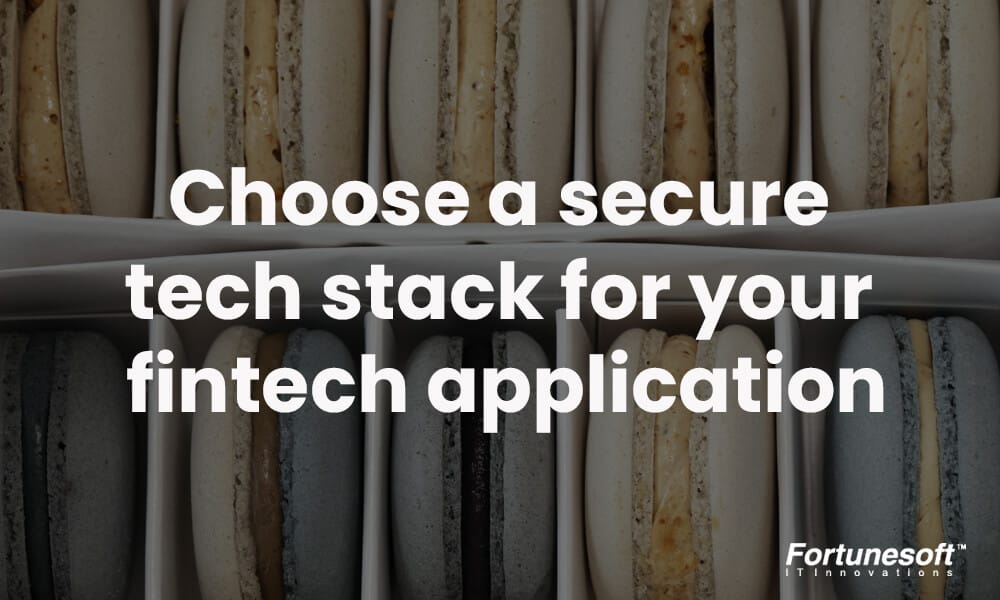

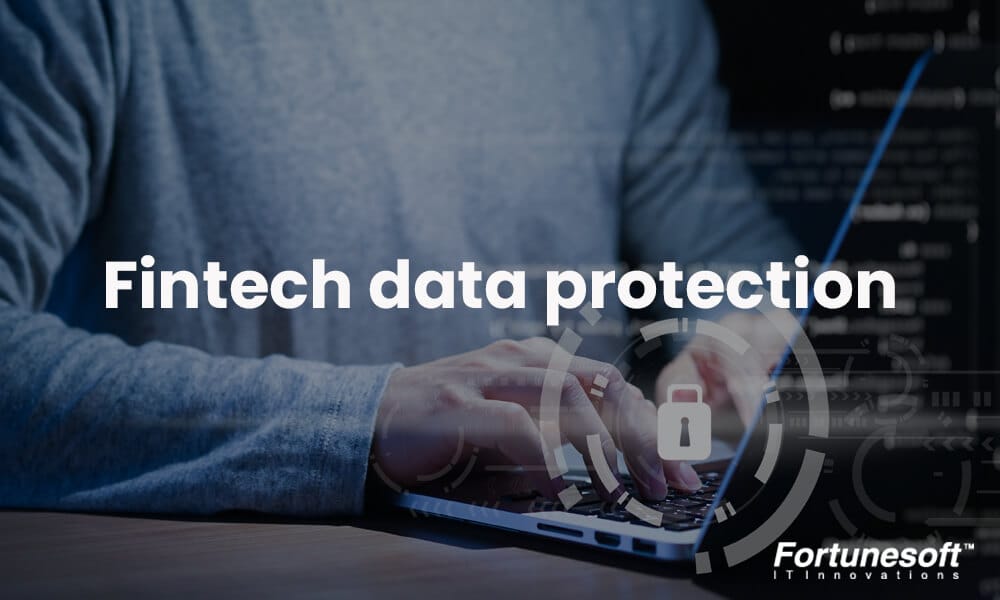



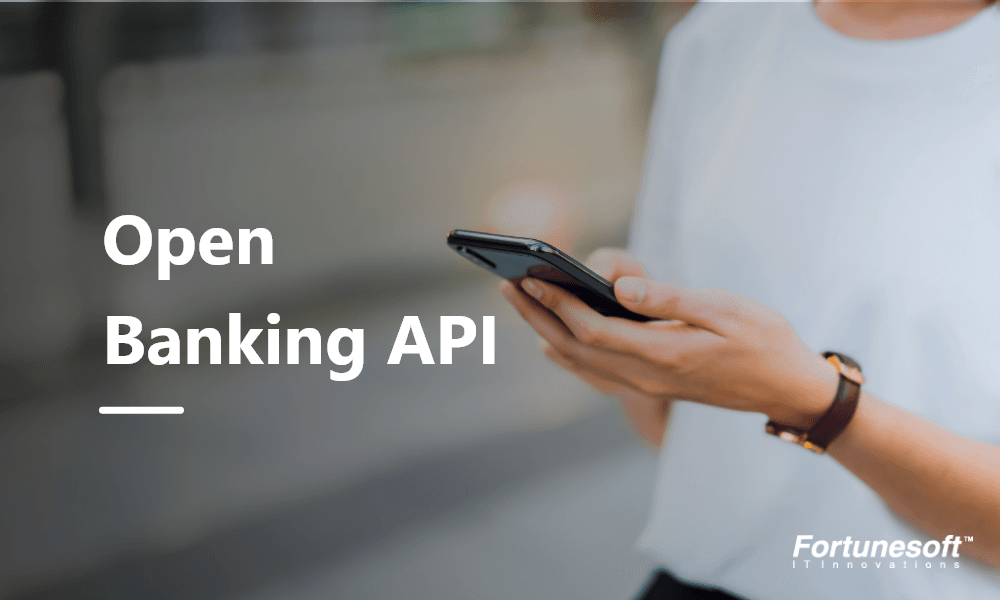
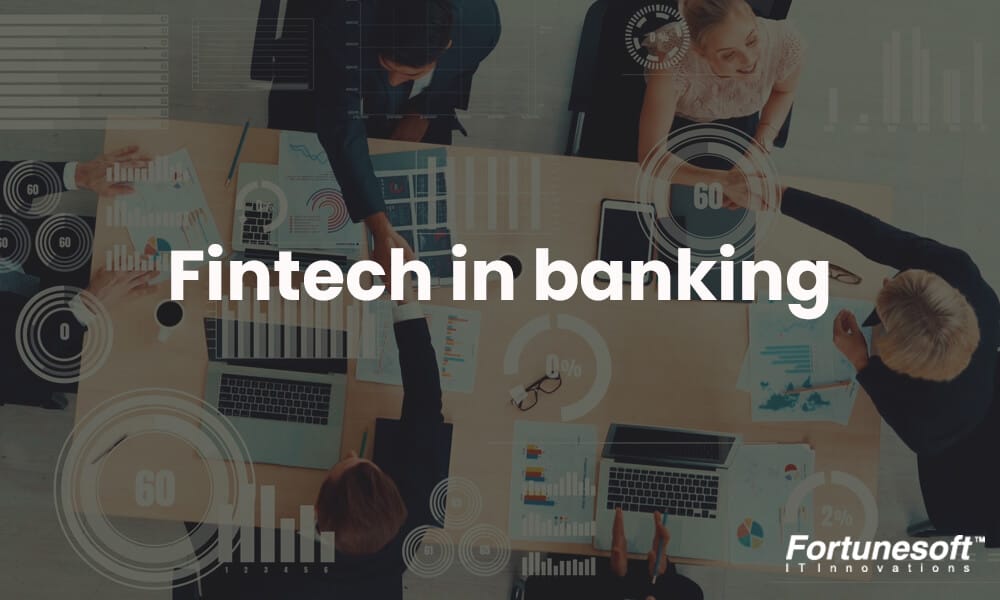
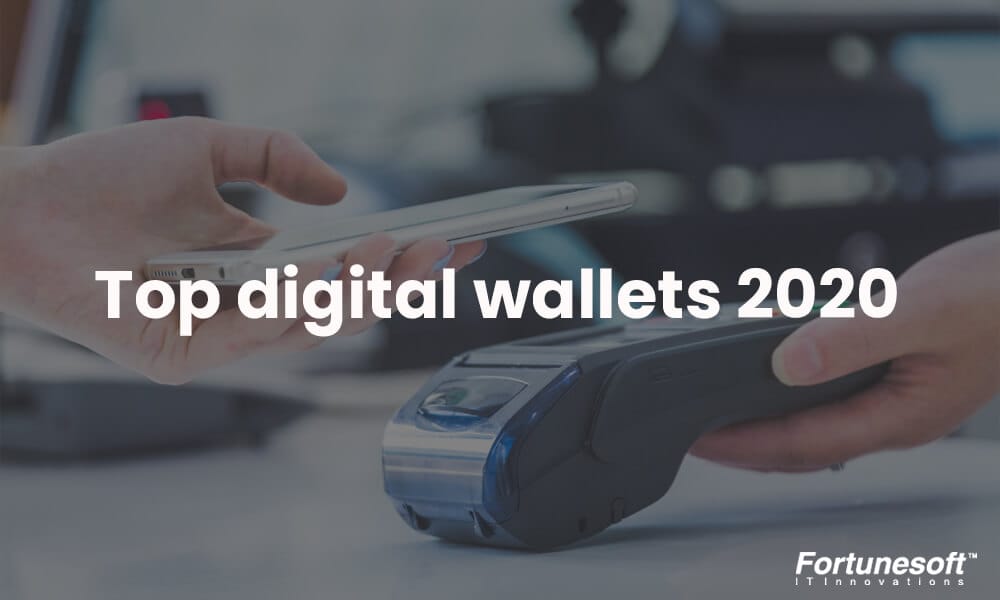


 Start Chat
Start Chat